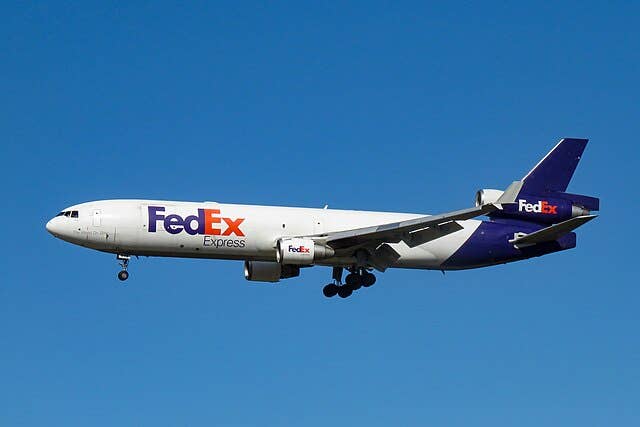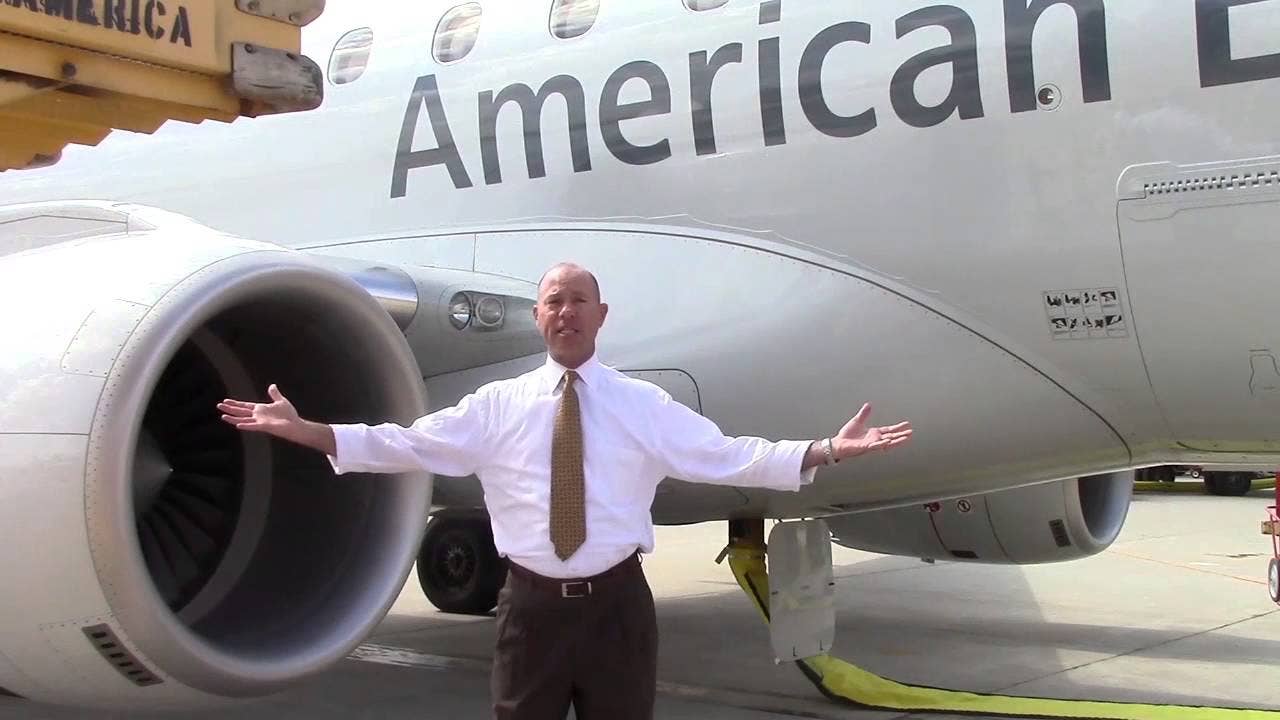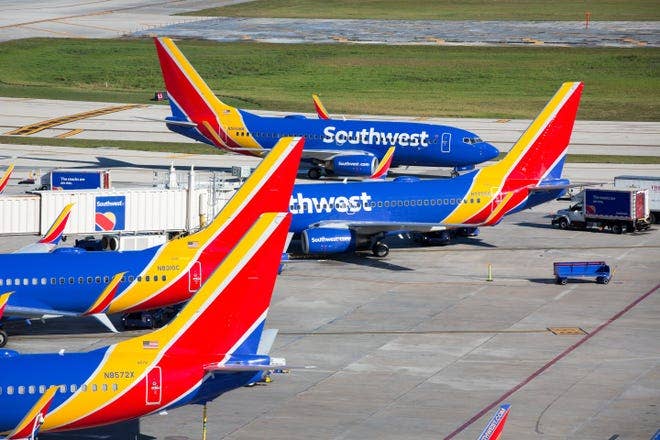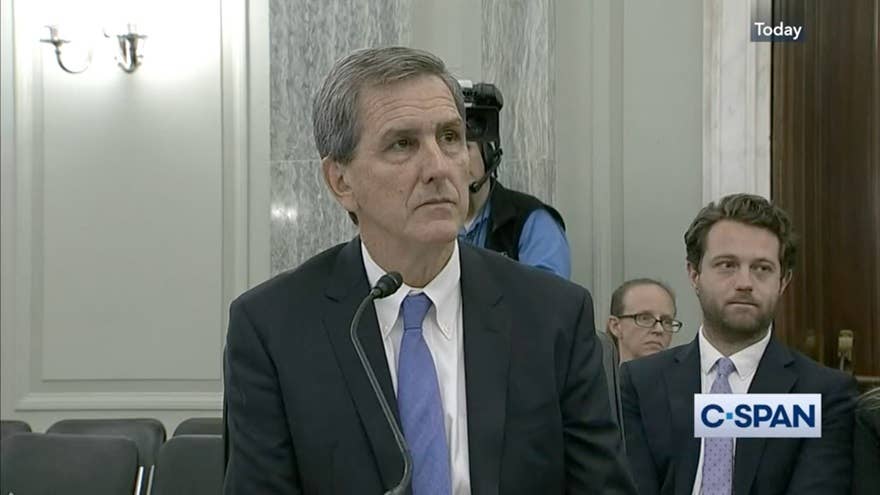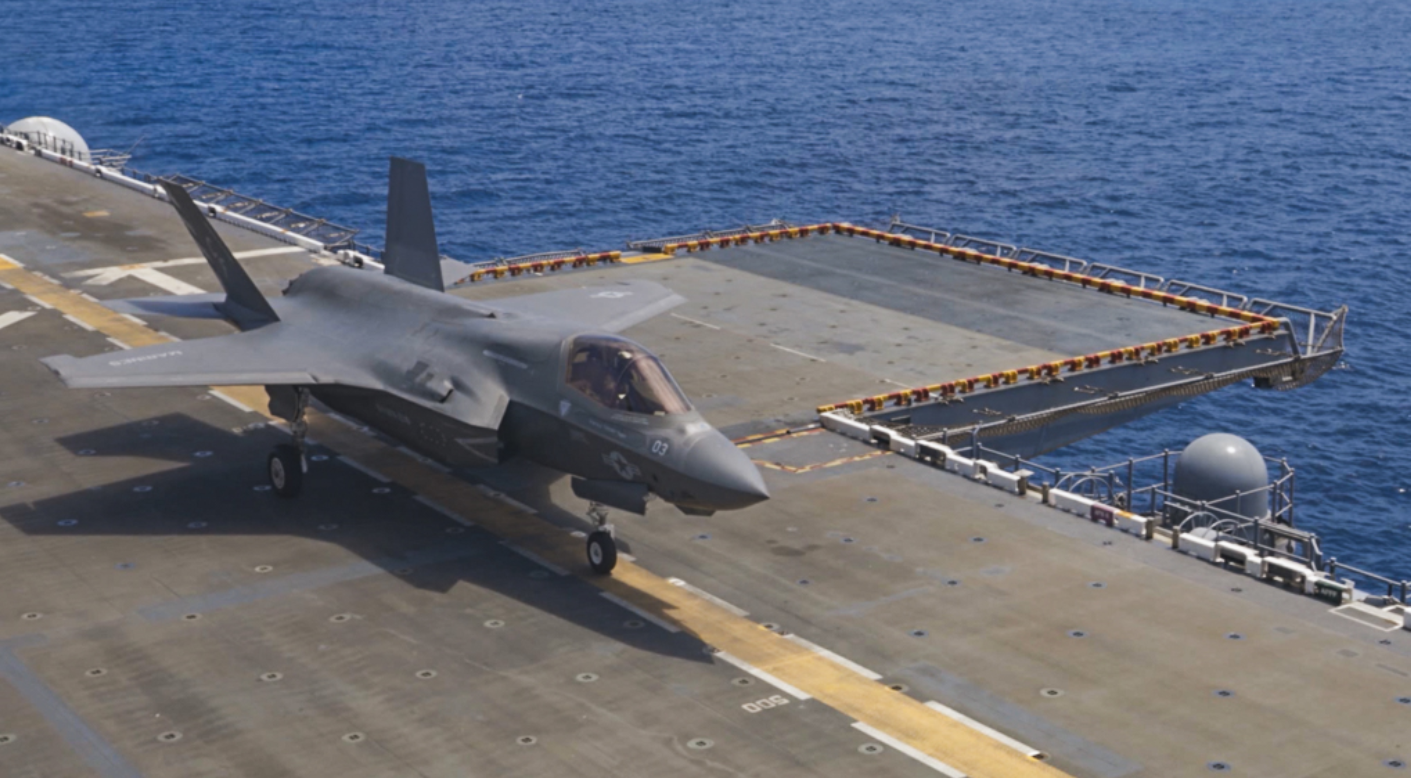Airbus Pivots Electric Aircraft Plans
Airbus is dropping plans to produce the electric E-Fan 2.0 and E-Fan 4.0, planned as two-seat trainer and tour-seat touring aircraft. The company had announced in 2014 that it expected to bring the E-Fan 2.0 to market in 2018 as a joint venture with Daher-Socata, the French airframe maker best known for its TBM turboprops. The new plan is to move away from pure electric propulsion and produce a hybrid-electric, regional jet-sized aircraft that would enter service over a decade from now-2030.
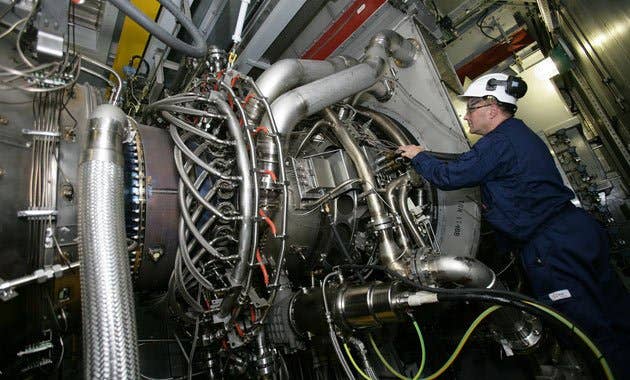
Airbus is dropping plans to produce the electric E-Fan 2.0 and E-Fan 4.0, planned as two-seat trainer and tour-seat touring aircraft. The company had announced in 2014 that it expected to bring the E-Fan 2.0 to market in 2018 as a joint venture with Daher-Socata, the French airframe maker best known for its TBM turboprops. The new plan is to move away from pure electric propulsion and produce a hybrid-electric, regional jet-sized aircraft that would enter service over a decade from now—2030. Stephan Schaffrath, head of media relations for Airbus Commercial Aircraft, told AVweb, "We are setting ourselves an ambition which goes well beyond E-Fan. We are excited developing next steps in our electrification roadmap, and particularly demonstrating much greater power levels in flight demonstrators in the near future. And we believe that electric and hybrid-electric propulsion is a key part of the future of flight."
Airbus has set as its goal increasing power output of electric or hybrid-electric aircraft by a factor of ten every three years. The 2014 E-Fan 1.0 had a total output of 60 kW from two ducted fans each producing 30 kW. The German-made electric Extra 330 flew in 2016 with a power output of 300 kW—comparable to the peak output of a single drive motor from a Tesla Model S. Airbus told AVweb they aim to fly a 2-MW technology demonstrator within three years, but using a hybrid-electric powerplant rather than a pure electric system.
Airbus estimates getting the regional jet-sized project in the air will require another factor of ten power output boost—up to 20 MW. For comparison, Pratt & Whitney Canada's largest all-electric auxiliary power unit (APU), designed for the Boeing 787, produces the alternating current equivalent of only 450 kW. Siemens, the powertrain partner for the electric Extra 330, also manufactures extremely large industrial generators and motors, which Airbus may be eyeing for future hybrid E-Fan projects.

